If prediction markets were ultimately “right,” about Canada’s 45th federal election, there was a brief window in which they looked like they might have gotten it wrong.
Key Insights
- Prediction markets say they were correct in predicting the outcome of Canada's election, just as they were with the U.S. election.
- However, a sudden swing in the odds on Election Night (along with some other volatile results) suggests that prediction markets aren't perfect.
Throughout the campaign, the odds of a Liberal victory on Election Day had been getting shorter and shorter at sites such as Kalshi and Polymarket. Users of those sites can buy and sell contracts and shares of “yes” or “no” in certain event outcomes, like a party winning an election.
Before the first batch of results was released on Monday, the likelihood projected by those prediction markets of the Liberals and leader Mark Carney winning the Canadian election was 80% or greater.
Then came a surge of doubt as the numbers started to trickle in at around 7 p.m. ET from Atlantic Canadian provinces like Newfoundland and Labrador. CBC called them “encouraging early results” for the Conservatives and leader Pierre Poilievre – and prediction markets panicked.
At around 8:25 p.m. ET on Election Night, Carney's chances of becoming the next prime minister after the election had fallen to around 56% at Polymarket. The odds on Kalshi similarly tumbled.
BREAKING: Pierre Poilievre's odds have more than doubled since the beginning of the night
— Kalshi (@Kalshi) April 29, 2025
Conservative turnout is massively exceeding expectations pic.twitter.com/rYTg81g9et
“BREAKING: Pierre Poilievre's odds have more than doubled since the beginning of the night,” tweeted Kalshi’s social media team. “Conservative turnout is massively exceeding expectations.”
Perhaps more inflammatory was what came from Polymarket’s X account: “BREAKING: CARNEY'S LIBERALS CONTINUE TO CRATER IN ELECTION NIGHT ODDS.”
But here’s the thing: the likelihood of Carney and the Liberals winning never fell below the 50% mark at either Kalshi or Polymarket on Election Night. And, about an hour after Carney’s dip to his lowest point, the odds for the allegedly cratering Liberals were basically back to where they were before the first results were announced.
By the end of the night, the Liberals had at least a minority government locked up and prediction markets were declaring victory again.
“Turns out, just like with the 2024 US election, we were right,” Kalshi tweeted.
“The most accurate source of information on the internet,” boasted Polymarket CEO Shayne Coplan.
Enjoying Covers content? Add us as a preferred source on your Google account
Two wrongs make a right
I guess that’s true if you ignore the sudden plunge on Election Night. And also if you ignore the fact that the Conservatives were massive favourites in the Canadian election odds up until early March. If prediction markets were ultimately “right” about the election, were they “wrong” about it then?
Furthermore, these prediction markets did have odds up for what kind of government would be formed. Those results weren't great.
At Kalshi, for example, a Liberal majority was projected as the most likely outcome before the polls closed, sitting at 59% just before 7 p.m. ET. The odds of a majority even surged later in the night to more than 80%.
Again, as of Tuesday afternoon, the Liberals are solidly in minority government territory (albeit with a chance still of winning a majority). So was Kalshi “wrong” about a Liberal majority, then?
Turns out, just like with the 2024 US election, we were right. https://t.co/JOvjPOdPIN pic.twitter.com/GaNyX5Wh0Y
— Kalshi (@Kalshi) April 29, 2025
It might be time for prediction markets to pump the brakes a bit on trying to portray themselves as more accurate than the news and the polls, because sometimes it really looks like what drives prediction markets are the news and the polls. These are interesting and insightful data points, but they are not indisputable truths.
The odds generated by prediction markets are also based on the buying and selling of contracts tied to an event outcome (i.e. "yes" the Liberals will win the election). So, to some extent, it’s people who are helping to create these projected likelihoods. And people can be prone to panic, such as if they misread early election results from Newfoundland.
Sure, prediction markets took an arguably deserved victory lap after the U.S. presidential election. But Monday was not the “nobody believed in us, and yet somehow we proved the haters wrong”-type moment prediction markets enjoyed in November. The odds and polls were basically saying the same thing for the Canadian election before the results were announced, and that wound up being fairly accurate.
Also, think about it this way: Do you see online sports betting sites bragging about how their odds were right when a favoured football team wins a game easily? You do not. Some Ontario-regulated sportsbooks even had odds up for the federal election that closely matched what was offered by prediction markets. Nobody is spiking the football today for being accurate with those odds.
Prediction markets might have been “right” again about Canada’s election. However, they didn’t arrive at their answer in a straight line – and they weren’t the only ones who were correct this time.




















